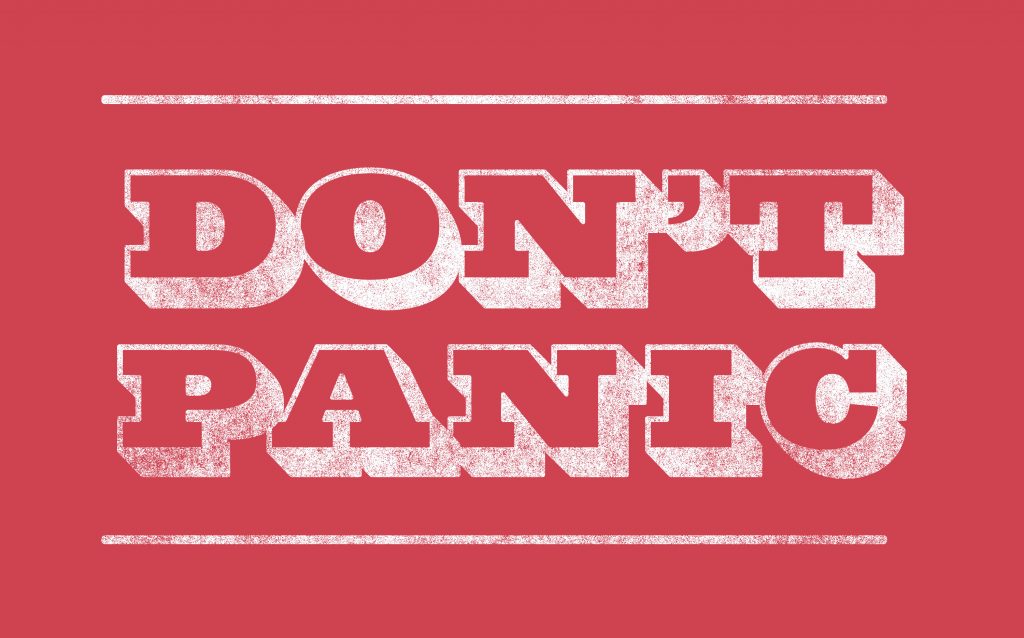
“Nine times out of ten, it’s not a crisis.” That’s what I often told myself when I worked for a governor. The mantra was one of the things that helped me keep my cool when the pressure mounted from large volumes of letters, emails, calls, and social media comments from constituents and reporters.
Eight hundred emails from constituents on Syrian refugees?
>> The response can wait until the Department of Social Services weighs in.
Reporters camped outside demanding an answer on the transgender bathroom bill?
>>The governor is going to hear from proponents and opponents before deciding.
A legislator from the same party tweeting the governor couldn’t win an election for dog catcher?
>> That one wasn’t even worth a response.
To me, “crisis” was a term reserved for the most serious of situations: natural disasters, incidents of mass violence, FBI investigations – those kinds of things. The nature of social media and the news cycle could make lesser things seem like crises, but it was the potential for long-term impact and the insights into the silent majority’s thinking that determined whether something was an actual emergency.
2020 killed my “nine out of ten” mantra. While “crisis” may have been an overused term in the past, it’s not anymore. This year, for businesses, organizations, and brands, crisis is the norm.
Call it cancel culture. Call it the age of accountability. Call it whatever you want. Everyone is under a microscope. Today, a very small thing can become a very big thing in a short amount of time. Because of this shift and the implications of the pandemic, crisis communications has become increasingly important to brands. Now, more than ever, it pays to be prepared.
Here are some ways to ready your business for a storm:
- Establish your core values.
If you haven’t already, determine your brand’s core values. Write them down, post them on your website, and make sure people within your organization know them – and do it all with your customer in mind. That way if you’re ever called upon to take a stance, take action, or reverse course, you can go back to your foundation. You won’t be responding in the heat of the moment or unnecessarily giving into pressure on social media. You’ll be acting according to the tenets of your brand. - Create a crisis communications plan.
Establish a plan that includes potential crisis scenarios. Craft your messaging and identify tactics for each of those situations. Be sure to consider who from your organization would handle external communications with the media or the public. If your spokesperson doesn’t have experience in talking with reporters or large crowds, consider working with a PR professional within your organization or an agency to ready them for a crisis. - Engage in proactive PR.
When you are not in crisis mode, be proactive about earning positive publicity for your brand. Secure good headlines now so if the bad ones ever come, they’ll do less damage. - Always remain calm.
When crisis hits, consider your values and turn to your plan. Take the time to stop and think and give a measured response. If the media imposes a short deadline or if comments start flooding in on social media, remember that the right response is much better than a fast response. Get wise counsel – either internally or externally – if you need it.
Whatever you do, don’t panic. You’re not the first business to weather a storm like this and you won’t be the last. With solid values and a little preparation, you’ll get through this.



